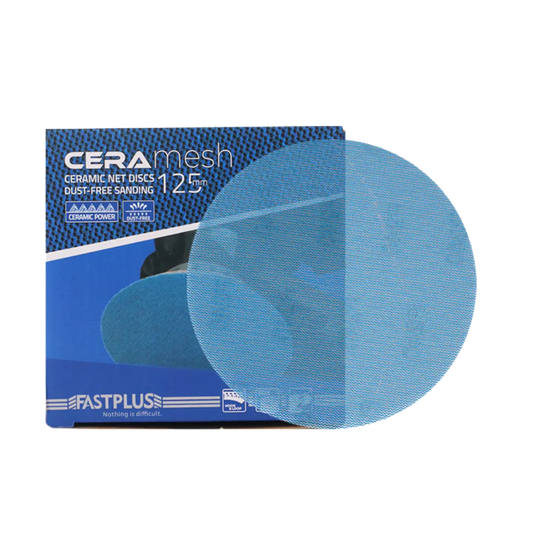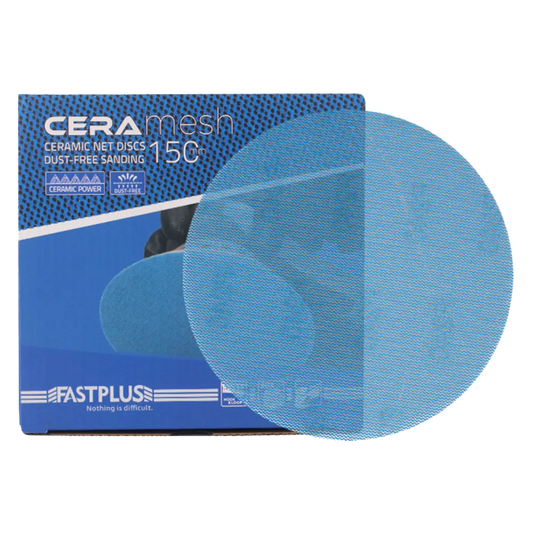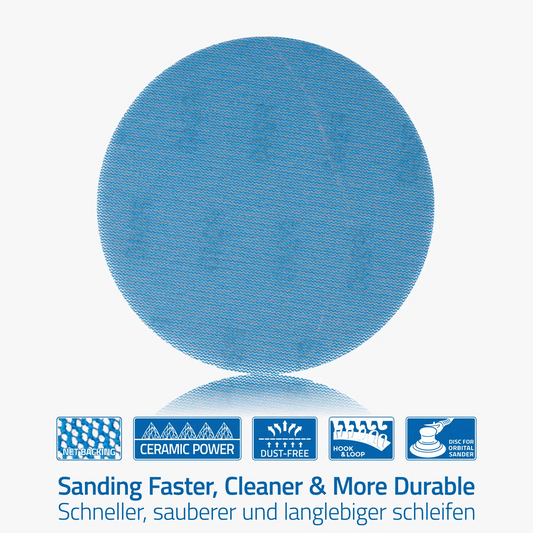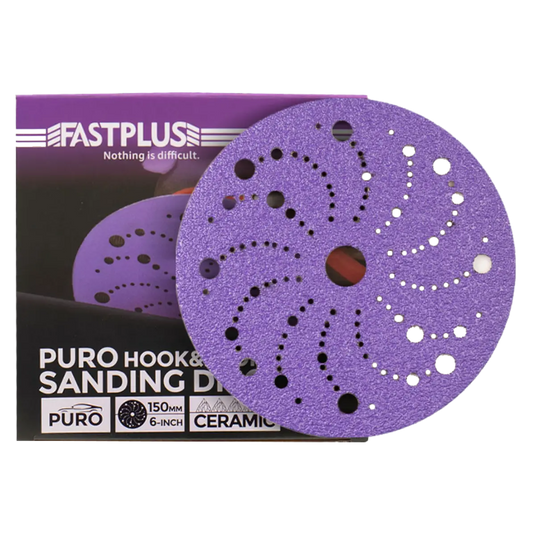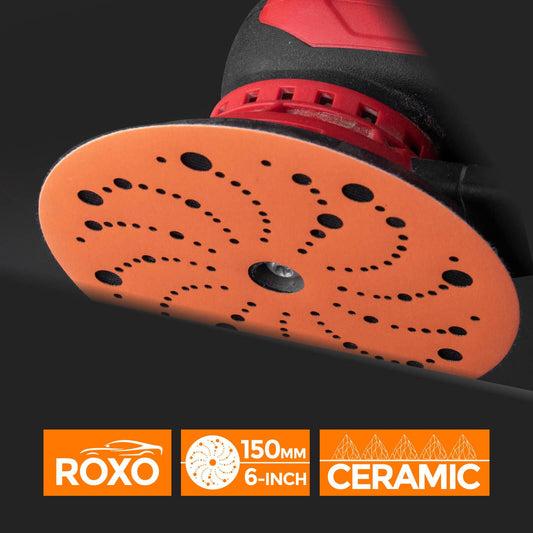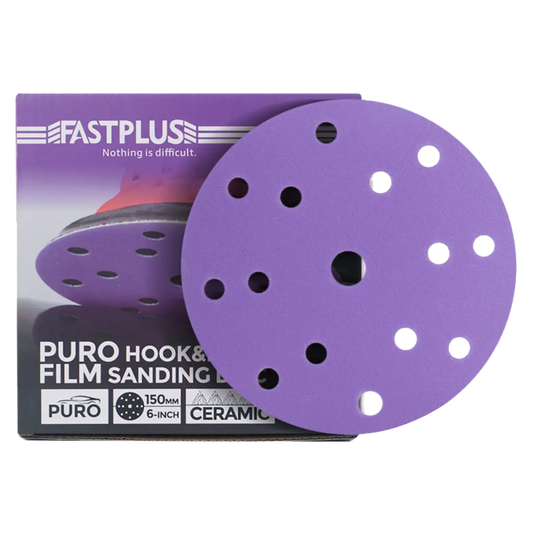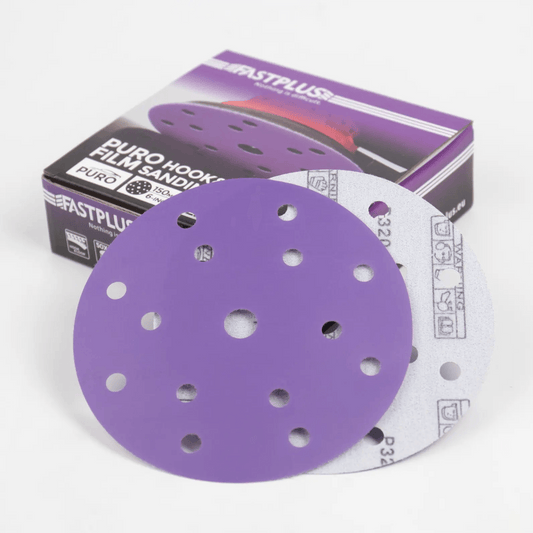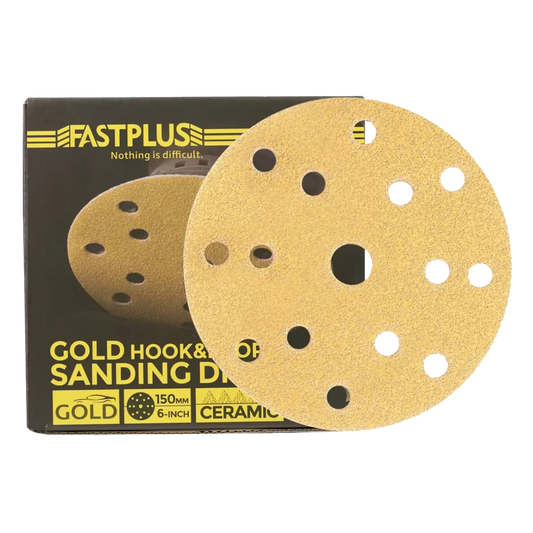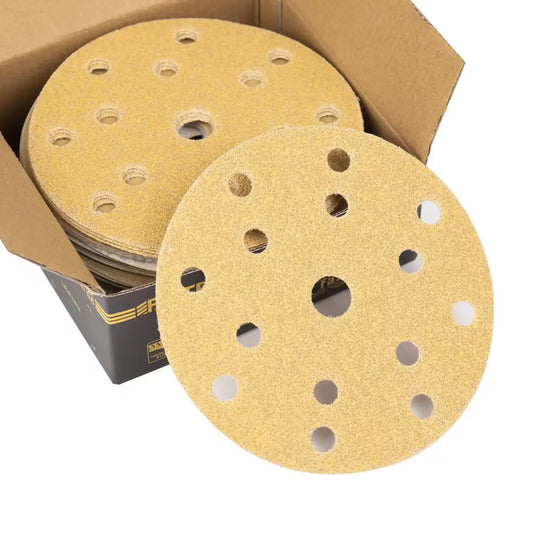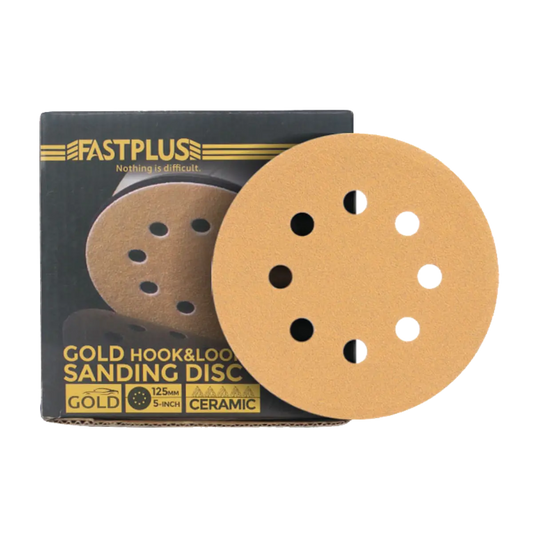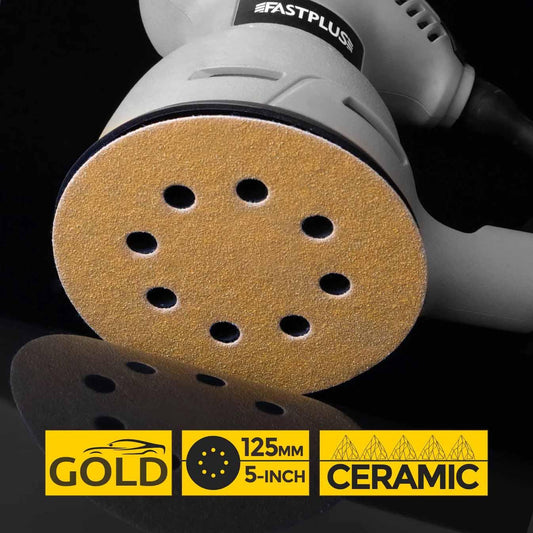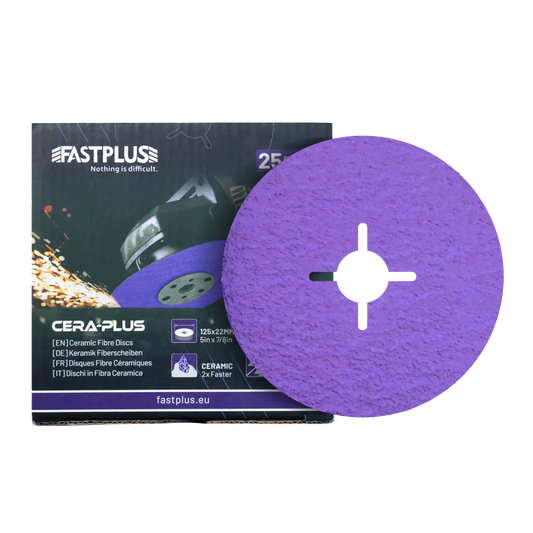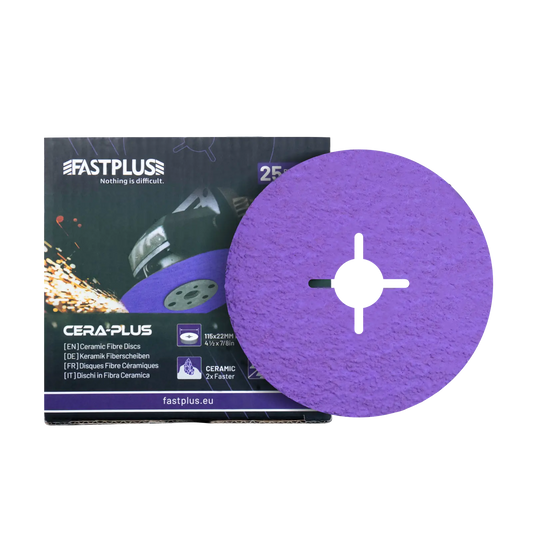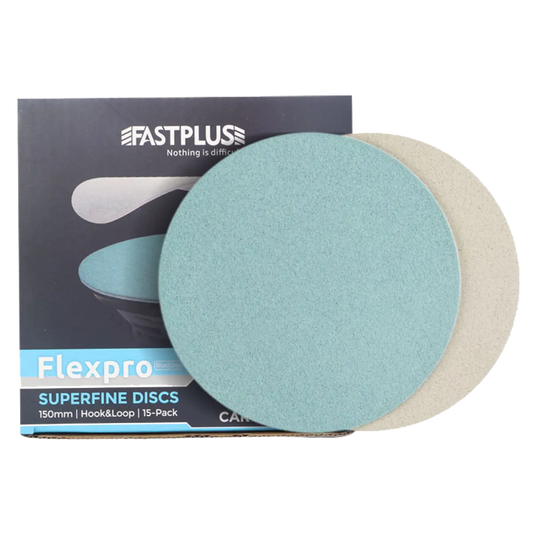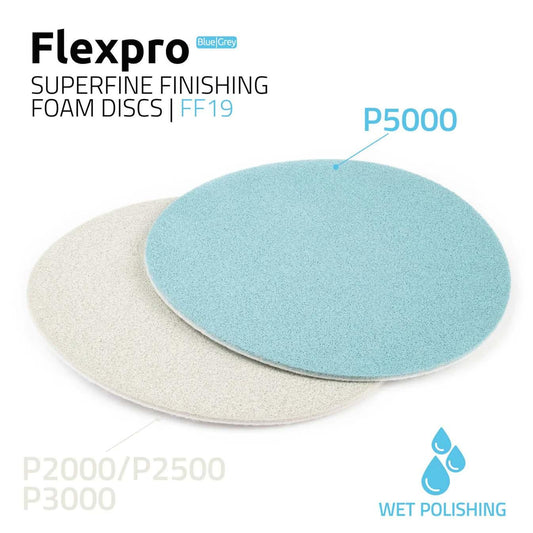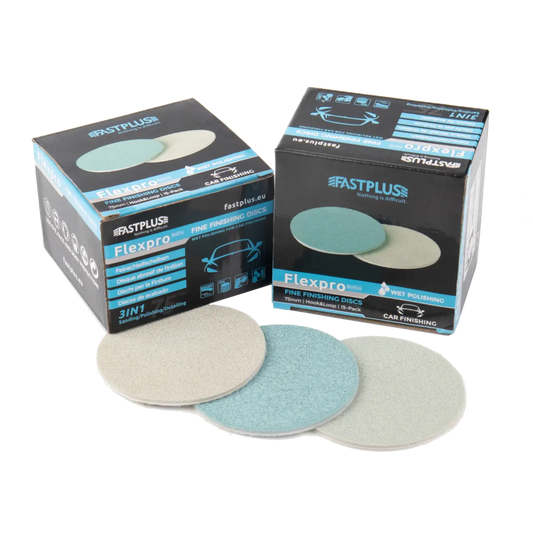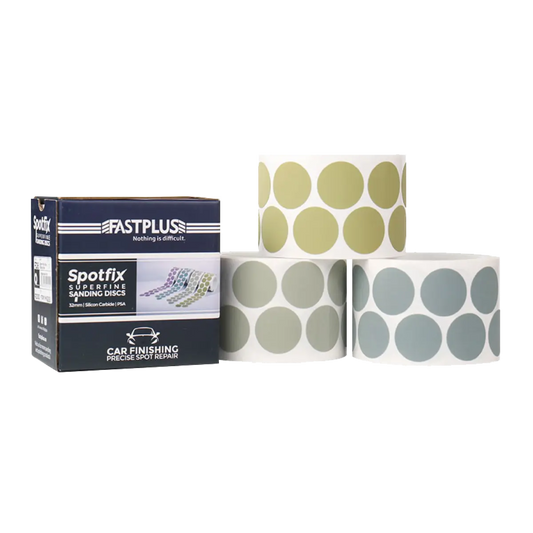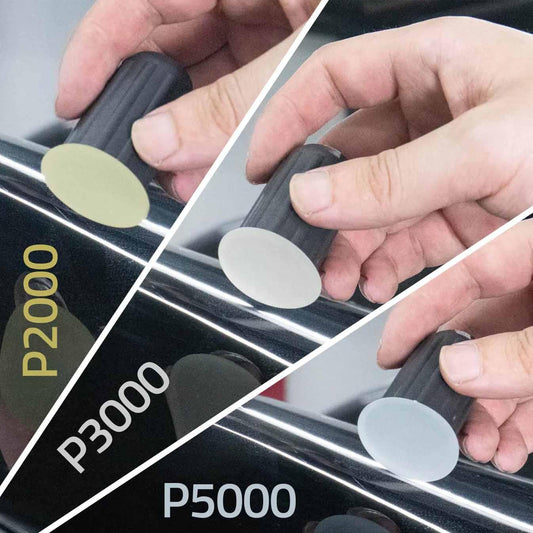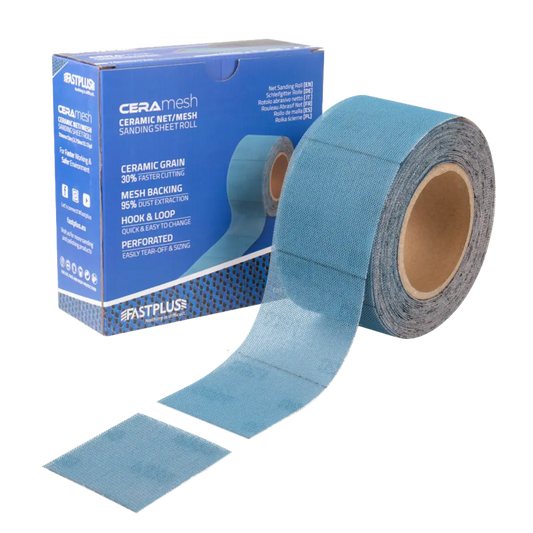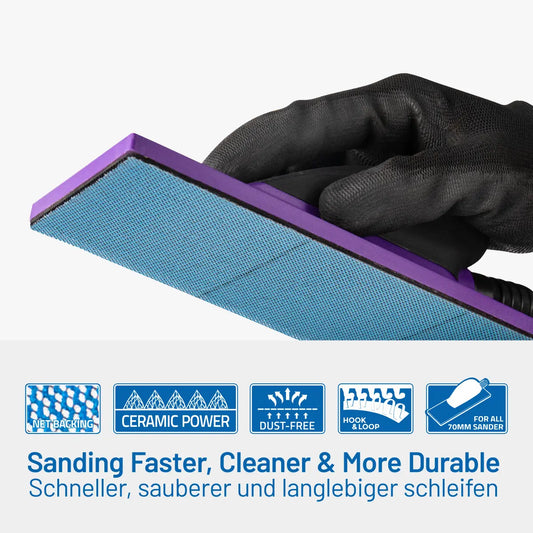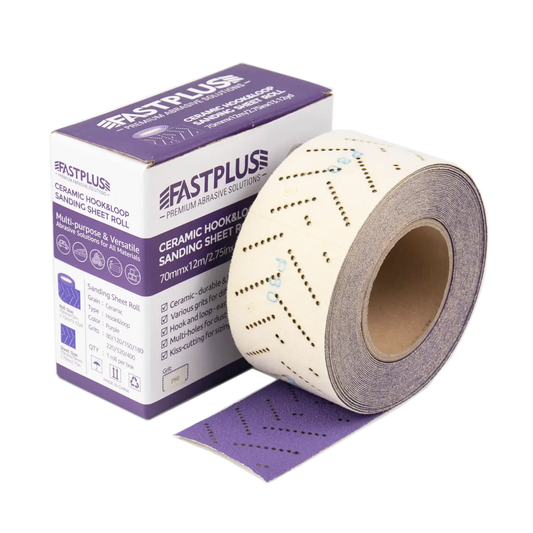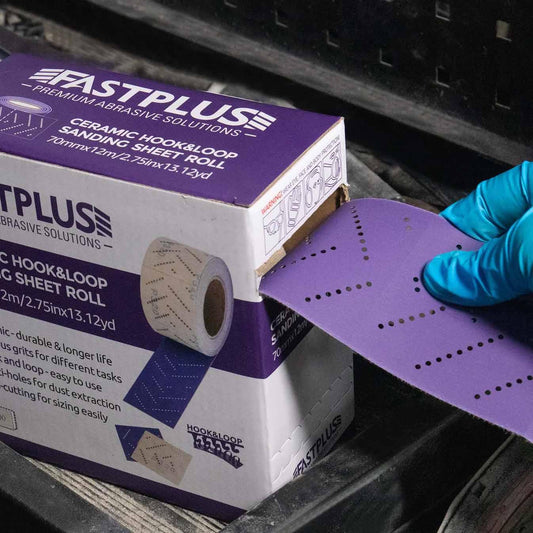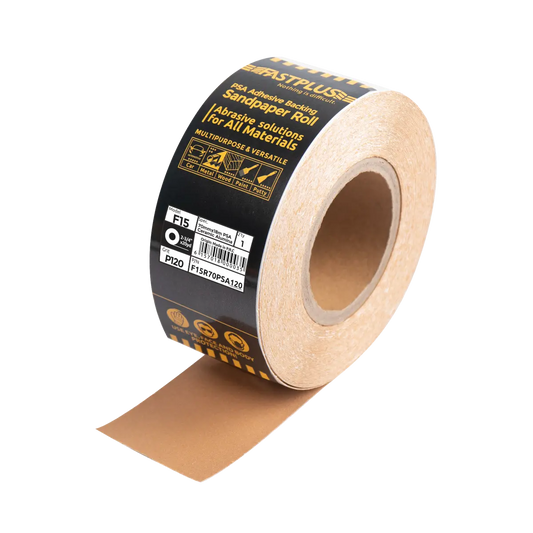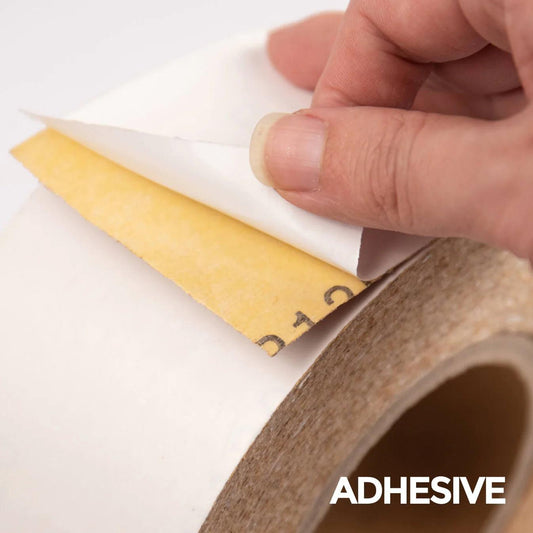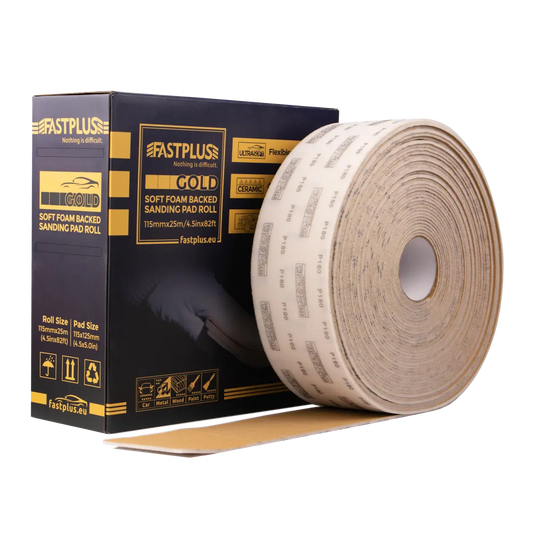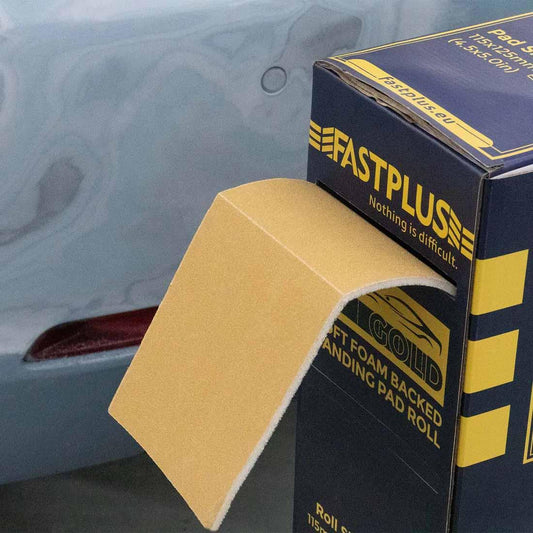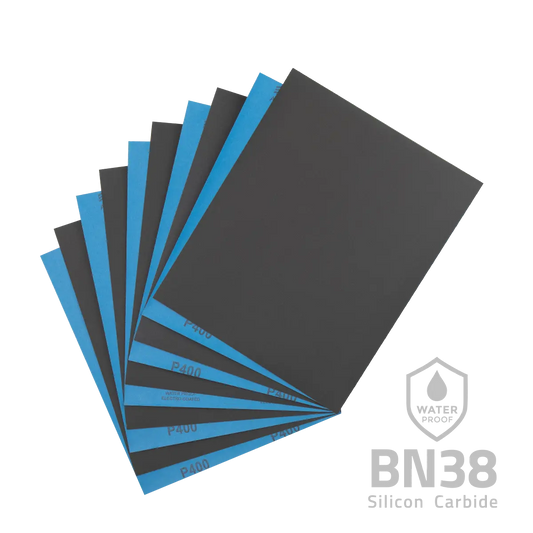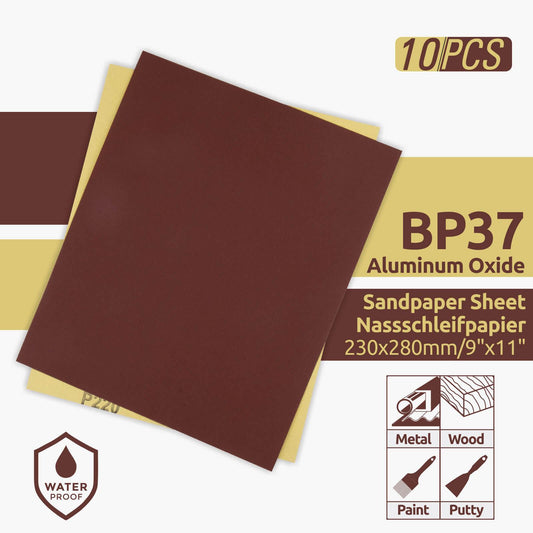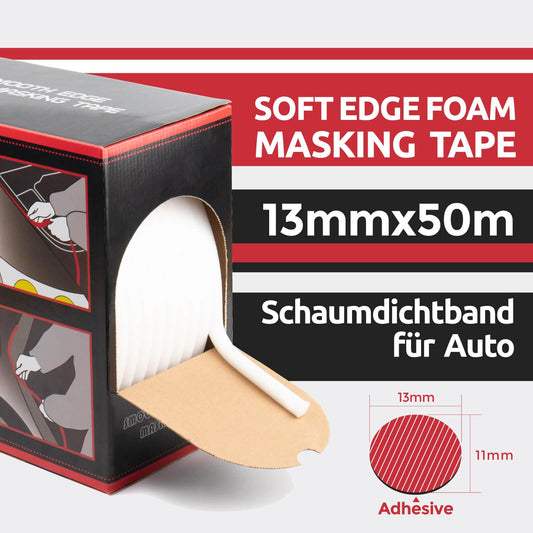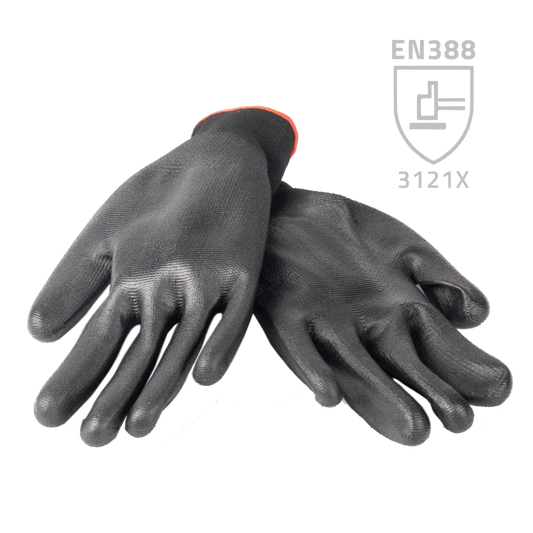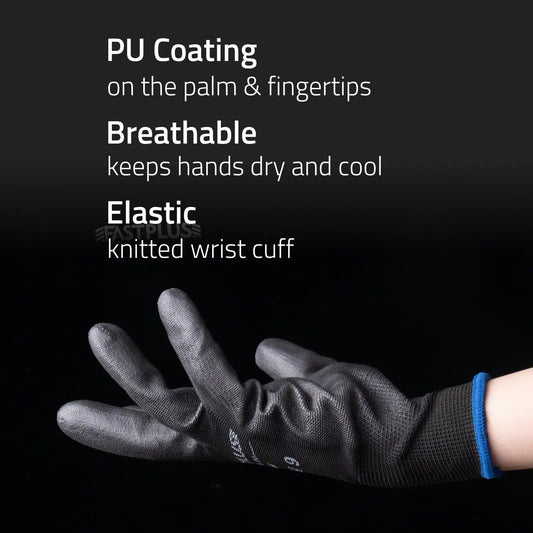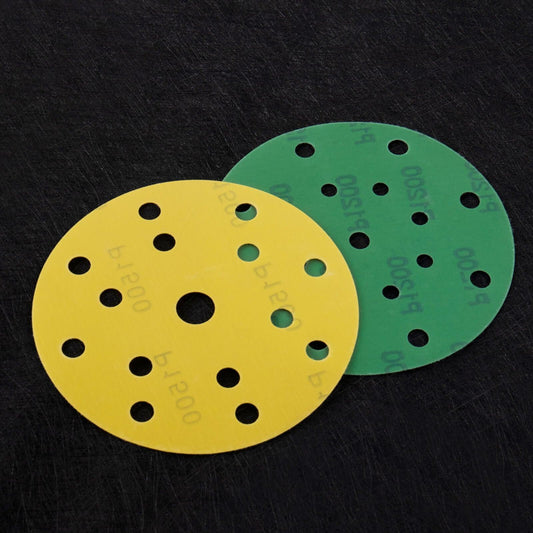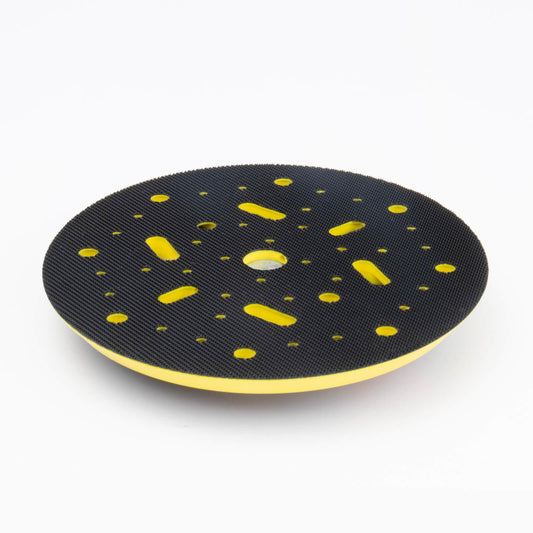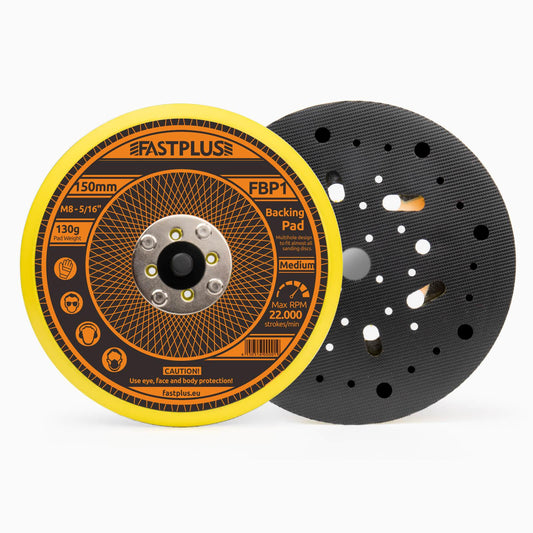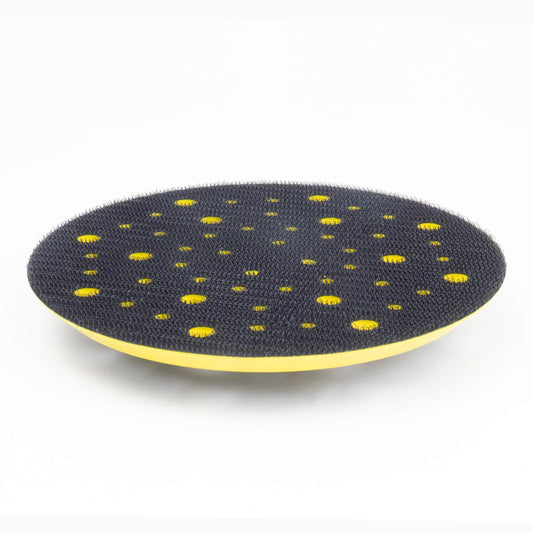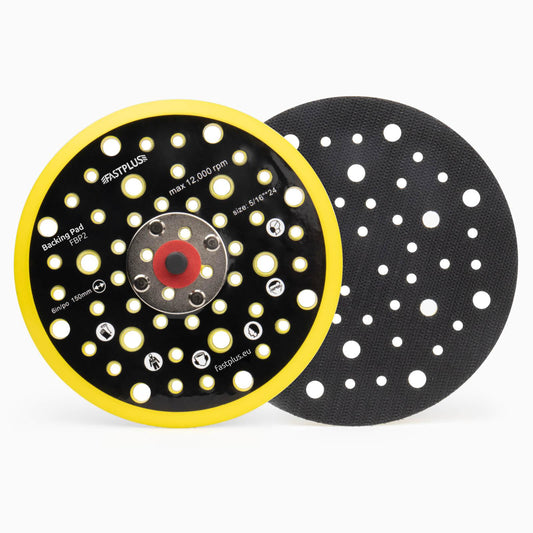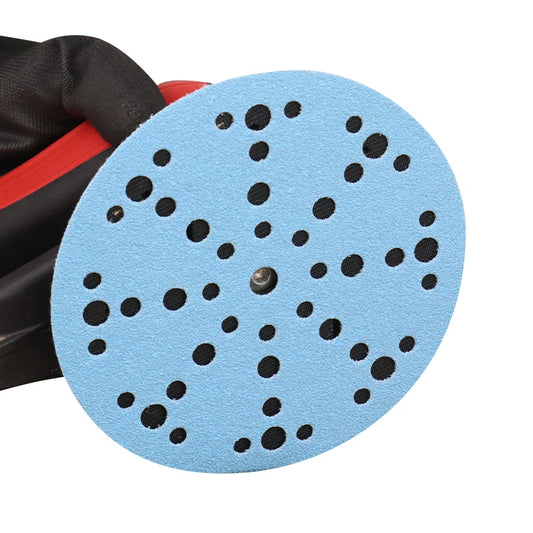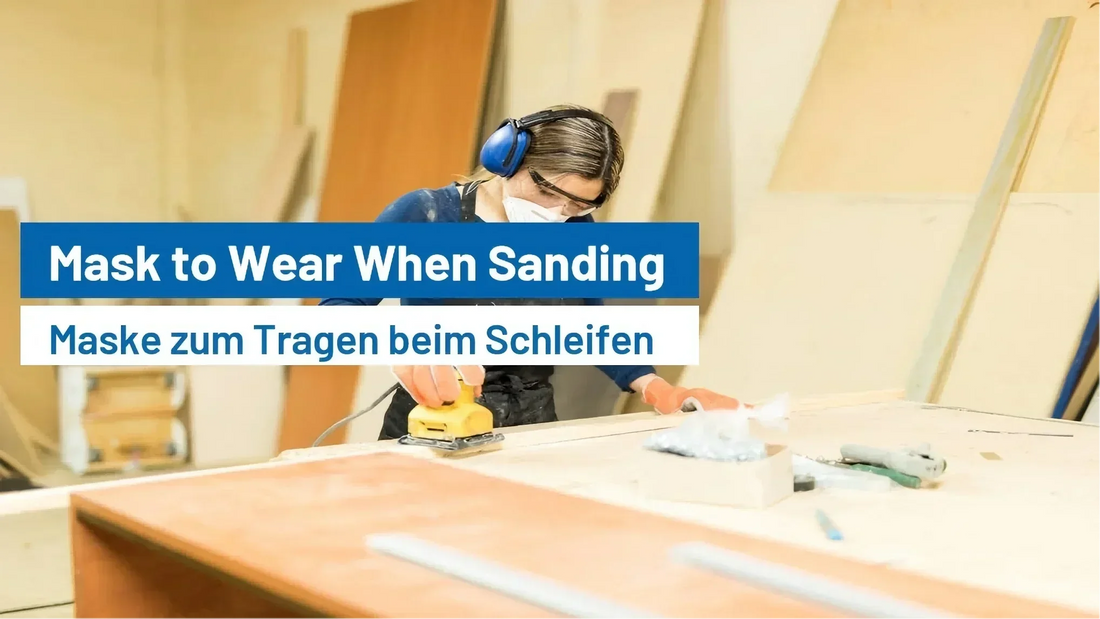
What Mask Should You Wear When Sanding Wood?
Sanding wood is a necessary step for everything from DIY projects to professional carpentry. It creates smooth surfaces and prepares the wood for painting, staining, or finishing. But while sanding helps beautify wood, it also releases fine dust particles into the air—particles that can be harmful when inhaled.
At FastPlus, where we specialize in sandpaper sheets, sanding discs, mesh sanding discs, and more, we also care about your safety. Whether you’re using a sandpaper roll by hand or powering through a surface with fiber discs on an angle grinder, you need the right kind of mask to keep your lungs protected.
In this post, we’ll break down:
- Why wood dust is dangerous
- The types of masks available
- What to look for in a mask when sanding
- Our recommendations based on different types of sanding
- Bonus safety tips for a dust-free workspace
Why You Need a Mask When Sanding Wood
When sanding wood, you’re generating fine airborne dust that can stay suspended for hours. These particles may not be visible, but they can travel deep into your lungs and cause:
- Respiratory issues (coughing, wheezing, asthma)
- Long-term lung damage
- Skin and eye irritation
- Increased sensitivity or allergies (especially with exotic woods)
Some wood types even contain natural toxins or chemicals from previous treatments (like paint, varnish, or pressure-treated lumber). This makes dust protection essential, whether you’re a weekend DIYer or a full-time carpenter.
Types of Masks: Which One Is Right for You?
There are several types of masks available on the market, but not all are suitable for woodworking or sanding applications. Let’s break them down:
1. Dust Masks (Disposable Masks)
- Also known as nuisance dust masks
- Inexpensive and lightweight
- Offer minimal protection
- Often not NIOSH-certified
👉 Best for: Very light sanding with minimal dust (e.g., hand sanding softwood)
👉 Not suitable for: Power sanding or hardwoods
2. N95 Respirators
- Filters at least 95% of airborne particles
- NIOSH-certified
- Disposable, but more effective than basic dust masks
- Common choice for sanding and light construction work
👉 Best for: Most sanding tasks (manual and power sanding) with moderate dust levels
👉 Limitations: May be uncomfortable for long periods or in hot environments
3. Reusable Half-Face Respirators with Replaceable Filters
- Made of silicone or rubber
- Designed to form a tight seal around the face
- Use P100 or HEPA filters for 99.97% filtration
- Reusable and more cost-effective in the long run
👉 Best for: Frequent woodworkers, professionals, or those working with exotic or chemically treated woods
👉 Bonus: Filters can be replaced depending on exposure levels
4. Powered Air-Purifying Respirators (PAPR)
- Battery-powered system with a full-face shield and air filtration
- Offers the highest level of protection
- Comfortable to wear for long periods
- Great for people with respiratory conditions
👉 Best for: Workshop environments with poor ventilation, heavy-duty sanding, or professional use
👉 Drawback: More expensive and requires maintenance
Key Factors to Consider When Choosing a Mask for Sanding

If you’re browsing our online store for sanding discs and rolls, you should also know what to look for in a quality mask. Here are some tips:
✅ Filtration Level
Always look for masks labeled N95, P95, P100, or HEPA-rated. These provide efficient filtration of fine wood dust.
✅ Fit and Comfort
The mask should form a tight seal on your face, especially around the nose and chin. Look for adjustable straps and nose clips.
✅ Breathability
If you’re sanding for long hours, choose a mask with valves to allow exhaled air to escape, reducing heat buildup.
✅ Compatibility with Eye Protection
Make sure your mask doesn’t interfere with safety glasses or goggles. Some masks fog up lenses, so anti-fog or valve-equipped options are ideal.
✅ Reusability
Reusable respirators are more eco-friendly and cost-effective if you sand wood frequently.
Which Mask Should You Use for Different Sanding Jobs?
Different sanding tools produce varying levels of dust. Here’s our recommendation based on the tools you use:
🔹 Hand Sanding with Sandpaper or Sandpaper Rolls
- Dust level: Low
- Recommended mask: N95 mask or quality dust mask (if in a well-ventilated area)
🔹 Orbital or Palm Sander with Sanding Discs or Mesh Discs
- Dust level: Medium
- Recommended mask: N95 respirator or half-face respirator with P95/P100 filters
🔹 Angle Grinder with Fiber Discs
- Dust level: High (and can include paint, metal, or chemical particles)
- Recommended mask: Half-face respirator with P100 filters or full-face PAPR for added protection
🔹 Professional Sanding in a Workshop
- Dust level: High and constant
- Recommended mask: Reusable half-mask with replaceable HEPA filters or PAPR system
Bonus: Dust Collection + Mask = Maximum Protection
Wearing the right mask is just one part of protecting yourself. Combine that with good dust collection practices to create a safer workspace:
- Use a shop vac with a HEPA filter attached to your sander
- Install a dust extraction system for professional setups
- Work outdoors or in well-ventilated areas
- Wear protective eyewear and hearing protection too
At FastPlus, our mesh sanding discs are specially designed for dust-free sanding when paired with vacuum systems. They help reduce airborne dust while maintaining excellent performance.
What About Allergies or Sensitivities?
Some people develop sensitivities to certain types of wood—especially tropical hardwoods like teak, rosewood, or mahogany. These can cause:
- Respiratory distress
- Skin rashes
- Eye irritation
If this sounds like you, consider:
- A P100 respirator
- Wearing gloves and long sleeves
- Installing air purifiers in your workshop
Also, check whether your sanding discs, pads, or abrasives release additional chemicals or binders that could aggravate symptoms.
Final Thoughts: Don’t Skimp on Safety
At the end of the day, your health is more important than saving a few dollars on a cheaper mask. Just like you wouldn’t compromise on the quality of your finishing foam discs or fiber sanding discs, don’t settle for inadequate protection when sanding wood.
To recap:
- Casual sanding? Use an N95 mask.
- Frequent or power sanding? Go for a half-face respirator with replaceable filters.
- Professional or high-dust environments? A PAPR might be your best bet.
Shop Our Recommended Sanding Products

Whether you’re sanding by hand or machine, we’ve got the tools and accessories you need:
- ✅ Sandpaper Rolls – Great for smoothing edges and curves
- ✅ Fiber Discs – Ideal for aggressive material removal
- ✅ Mesh Sanding Discs – Perfect for dust-free sanding
- ✅ Finishing Foam Discs – For ultra-smooth finishes on wood and paint
- ✅ Sandpaper Sheets – A staple for any sanding project
Check out our full collection of abrasive solutions and safety gear at https://fastplus.eu/!
Stay Safe, Sand Smart!
Have any questions about what sanding disc to use or how to stay safe during woodworking projects? Contact our expert team—we're here to help you finish your projects safely and professionally.



